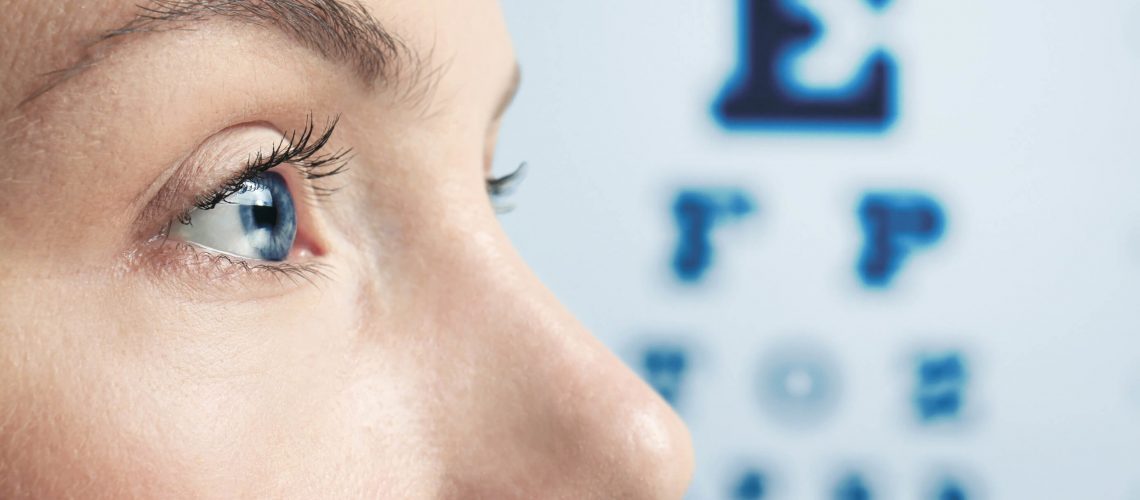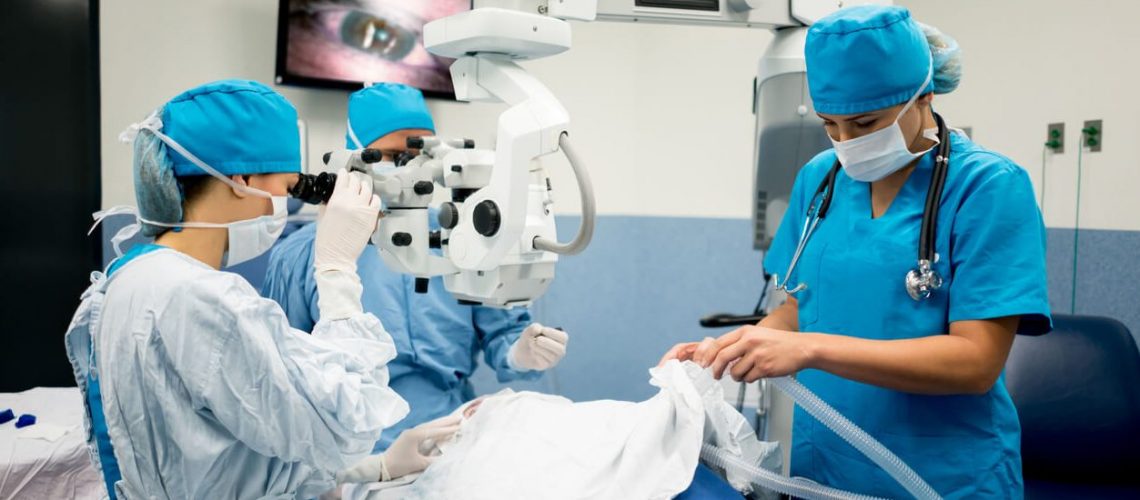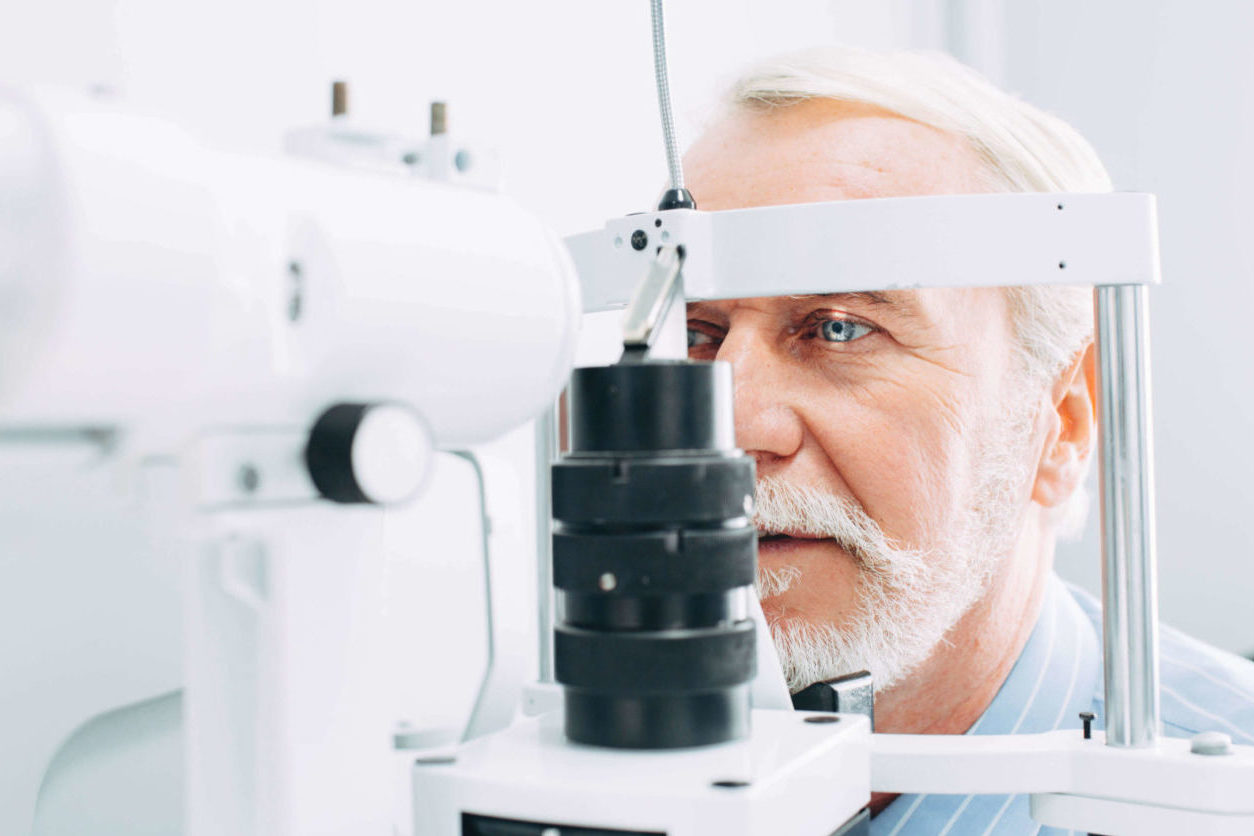
Where is your cornea?
Your cornea is the clear transparent structure at the front of the eye. The cornea is the eye’s window; it transmits and focuses visual images. is a corneal transplant?
During a corneal transplant, your cornea’s defective part is replaced by a piece of healthy cornea from an eye donated to the eye bank. Corneal transplants are the most frequently performed human transplant procedure today.
Why do people need a corneal transplant?
A corneal graft is usually performed to restore vision. The cornea may become damaged through injury, infection or disease. It may be a congenital (from birth) or acquired disorder that has resulted in the loss of vision.
How long does it take the eye to heal after corneal transplant?
Full recovery may take several months.
Is there pain in the eye after corneal graft surgery?
Most people experience slight discomfort in their eye post-surgery. Painkillers (analgesia) like paracetamol are generally taken to relieve this discomfort.
Do your need to make changes to your usual activities after corneal graft surgery?
Most activities such as reading, watching television, walking, showering can be resumed the next day after surgery. However, driving cannot be resumed until your surgeon gives you clearance.
When returning to full sporting activity, the grafted eye must be protected. Therefore, it would be important to consider the use of protective goggles or glasses in future sporting activities. On this, contact sports such as rugby or boxing must be avoided.
Following a corneal graft, rejection can occur at any time; therefore, patients are always advised that any deterioration in their vision must be medically reviewed immediately.






